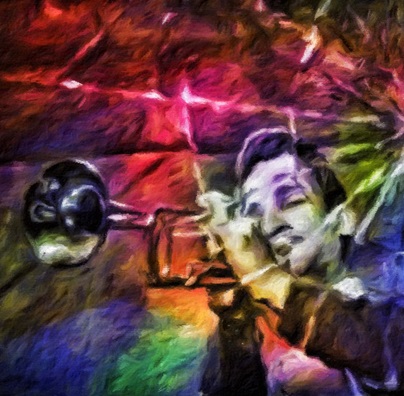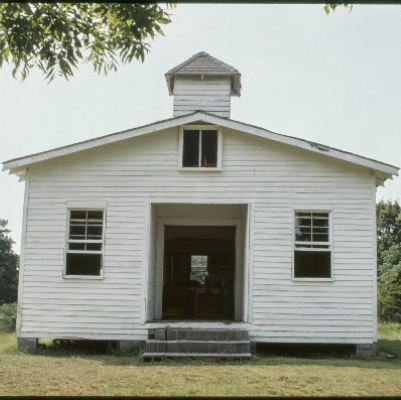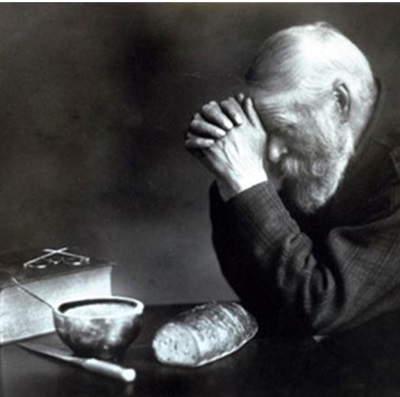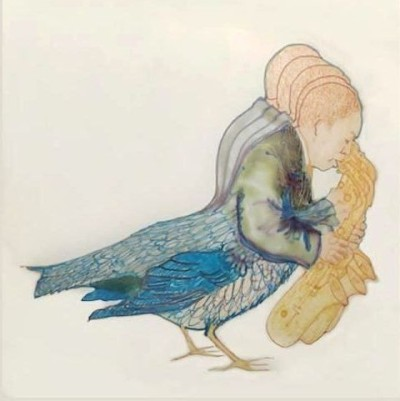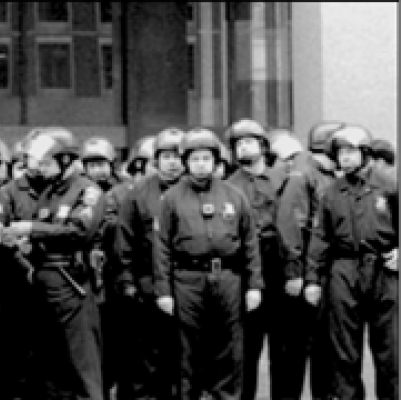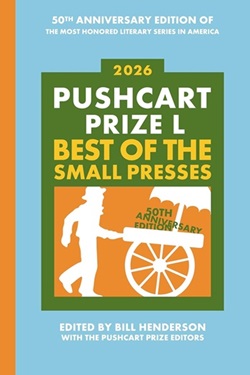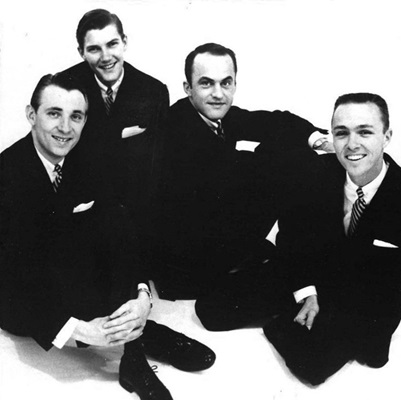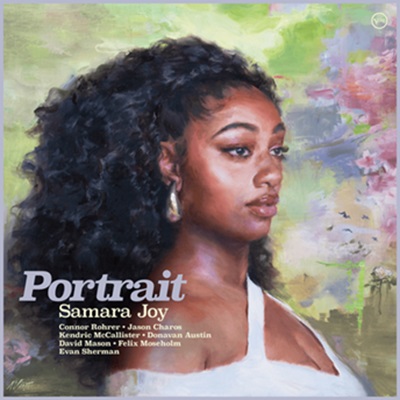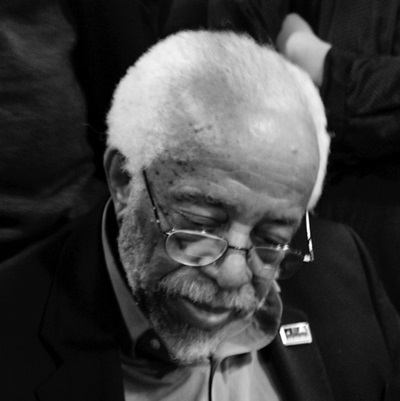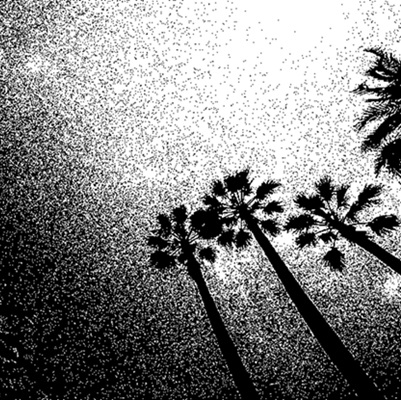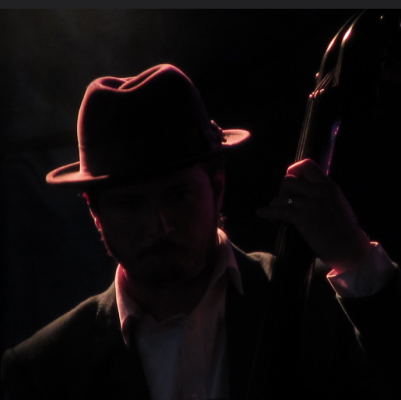.
.
For over twenty years, publishing quality jazz-themed fiction has been a mission of Jerry Jazz Musician. Hundreds of short stories have appeared on the pages of this website, most all of which can be accessed by clicking here.
A substantial number of novels and stories with jazz music as a component of the story have been published over the years, and the scholar David J. Rife has written short essay/reviews of them, which he has compiled in two valuable resources, Jazz Fiction: A History and Comprehensive Reader’s Guide (2008), and a recently published sequel, Jazz Fiction: Take Two. (Several of the stories published on Jerry Jazz Musician are reviewed).
Rife’s work is impressive and worth sharing with Jerry Jazz Musician readers. With his cooperation, essay/review excerpts from Take Two will be published on a regular basis.
.
In this edition, Rife writes about the “chicks” (energetic women, attractive, and open to experience) and “hens” (older women who have either buried or lost a loved one, and who seem content with their lives) who are at the center of stories with jazz within its theme.
.
.
___
.
.
.
…..Jazz Fiction: Take Two is the sequel to Jazz Fiction: A History and Comprehensive Reader’s Guide (2008). The earlier work filled a pressing need in jazz studies by identifying and discussing 700 works of fiction with a jazz component.
…..This work picks up where that one left off, around the turn of the 21st century, and surveys over 500 works of jazz-inflected fiction that have appeared since. None of these works, to my knowledge, have been discussed in this context.
…..The essay-reviews at the center of the book are designed to give readers a sense of the plots of the works in question and to characterize their debt to jazz. The entries were written with both the general reader and the scholar in mind and are intended to entertain as well as inform. This alone should qualify Jazz Fiction: Take Two as an unusual and useful reference resource.
.
-David J. Rife
.
.
___
.
.
Photo of the cover of Jazz Blue, by Kristie Love.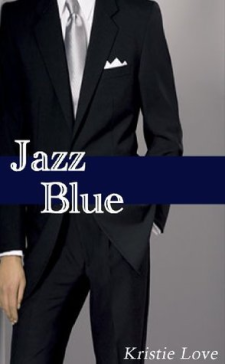
.
.
Chick Lit and Hen Lit
…..“Chick” and “Hen” are generally considered pejorative terms, like calling a woman a “girl,” but they are generally self-explanatory and invariably convenient as employed in the examples from jazz fiction referred to below. In “Chick Lit,” the protagonists are urban women in their 20s or 30s looking for meaning/direction (love?) in their lives. They are energetic, attractive, and open to experience, especially if it involves Hollywood-handsome men with prestigious occupations and unlimited resources. Private planes and luxury cars don’t hurt. Relationships are inevitable and so are the conflicts and misunderstandings that always lie in wait to complicate them. But fear not: as everyone knows, love conquers all.
….. The “Hens” are of course a different story. They are older, live in small (often Edenic) communities, and have either buried or lost a loved one. These women seem content with their lives: they run small businesses, like boutiques, involve themselves in virtuous projects, and enjoy gentle relationships with deferent gentlemen while fretting over being disloyal to their often long-dead spouses. When you enter their modest homes, you’re immediately entranced by the delicioso aroma of something cooking in the oven as friendly kitties frolic about your ankles in welcome. When something, often a jazz festival, threatens the equanimity of the community, they’re always quick to help. Oh, to be sure, a renegade hen will occasionally resort to a long-subdued impulse and answer the crow of the barnyard cock. See, for example, Debbie Burke’s Glissando: A Tale of Love, Lust and Jazz.
….. In both categories under discussion, the narratives vary widely, from the insubstantial to the moving, and both provide welcome modes of escape (and often giggles, too). For convenience, the Hs and Cs after the items refer to “Hens” and “Chicks.”
.
.
___
.
..
…..“Dialing Dreams” (The Vintage Jazz Series of Sweet Historical Romance)
.
…..Belinda Thompson is a switchboard operator and aspiring jazz singer in San Francisco shortly after WW2. One night at work she lends a sympathetic ear to a caller who’s just been dumped by his girlfriend. In the tradition of romantic fiction, he conveniently happens to be a successful jazz singer—and he’s eager to help the sweet, beautiful, talented Belinda get a start in the music business. But when she’s finally given the opportunity to perform in public, she gets cold feet . . . at first. The following brief quotation provides a fair index of this chicklit novella’s character: “The warmth of his firm grip enveloped her gloved hand.
.
.
…..“Fancy Footwork.” The Sweethearts & Jazz Nights of Sweet
Historical Romance
,
…..Violet Swanson must get out of town after disrupting the production of a big-budget dance movie, so she leaves Hollywood for San Francisco where her grandmother lives. Violet soon hatches the idea to rejuvenate Grandma’s abandoned swing dance studio: a good way to start a new life. Unfortunately, there is a record business next door to the studio and one of its executives opposes Violet’s plan. Will these opposing forces be able to reconcile their differences and, just maybe, dance their way into each other’s hearts?
.
.
…..“Shattered Melodies.” The Sweethearts & Jazz Nights Series of Sweet
Historical Romance
.
…..World War 2 is over but the battle of the hearts continues. Claire DuPont is a jazz journalist for the San Francisco Chronicle but has soured on the music she writes about. So, when she publishes a negative article about her old boyfriend, a former saxophonist, she jeopardizes a relationship she had hoped to renew. Can she, like an American politician, walk back her words?
.
.
…..“Unspoken Lyrics.” The Sweethearts & Jazz Nights of Sweet
Historical Romance
.
…..San Francisco stewardess Molly Evans is on what she thinks is a routine flight to New Orleans when, near midnight, a tempestuous storm forces an emergency landing. As luck would have it, there’s an old plantation nearby, fortunately inhabited by a reclusive jazz pianist, Tristan Lachaynais. Molly and Tristan quickly connect, largely by discussing their painful pasts. Will they continue their dialogue after help arrives?
.
.
_____
.
.
…..It’s springtime in Lake Eden, Minnesota, and a popular jazz band, the Cinnamon Roll Six, is coming to town, so Hannah Swensen whips up an abundant batch of the band’s eponymous confections as a welcoming gesture. But the band’s bus overturns on its way to town and the keyboard player is injured. When he later dies at the hospital, Hannah suspects murder and so determines to sort things out, discovering along the way that secrets and mysteries lurk beneath the surface of things. The novel is dedicated to the author’s favorite composer, Billy Barnes [“Something Cool”], favorite musician, Bob Menadier, and favorite jazz singer, Laurie Gral. Indeed, the book contains a few distantly scattered references to jazz and a couple pages of generic description of music in performance at the jazzfest. But the jazz is buried deep beneath the aroma of things baking, puppies and kitties cavorting, and recipes recipes recipes. Your typical two-fisted, whiskey-swilling, red-blooded Amurican male will be offended by all this coziness. (But then, he can’t read anyway, so who cares?)
.
.
_____
.
.
…..Mary Catherine Collier—“Cat”—is the star of this chicklit romantic mystery novella. She has a detective agency (Red Cat Investigation) in an upper floor of a five-star hotel in Heaton Valley, Ohio, where she will soon occupy the penthouse with her movie-star gorgeous boyfriend, Carter, a successful young lawyer whose father conveniently owns the luxury hotel in question. Although Cat is usually occupied with cases that can be resolved at the computer, she becomes embroiled in dangerous business in this one. She is in fact abducted at one point, only to be rescued by a hobo who has a secret hiding space in an abandoned Pullman car. When the opportunity soon arises, she returns his kindness by rescuing him—Augie, by now—by comping him to a room (in a certain five-star hotel, of course), a set of clothes, and a saxophone. She had learned that Augie had relinquished all his possessions in a painful divorce many years earlier. His divorce in turn painfully reminds Cat that she has just experienced a separation from her handsome hunk—and is convinced it can never be repaired. In fairy tale fashion Carter’s father just happens to be an old friend and loyal fan of Augie and so immediately sets about to transform the hotel’s bar into a jazz lounge called “The Blues” where Augie can perform whenever he wishes. On opening night Augie has miraculously retained his long-dormant chops and blows “softly, soulfully to pull each and every one of us in the room deep inside himself, to a jazz-bluesy spot where we’d never been before.” And what of the imperiled Cat-Carter relationship? I’m no stinking plot spoiler!
.
.
_____
.
.
…..This is one in a series of Annie’s Attic Mysteries featuring Annie Dawson, a middle-aged widow who typically finds herself in amateur detective mode. Here, while she searches in the attic for photos of her grandparents, she stumbles upon a trove of b/w negatives she hadn’t seen before. They depict post-WW2 jazz musicians, all but one of whom is recognizable. But who is the blonde singer and what happened to her? Questions like these send Annie and two of her cohorts on a journey of discovery to Greenwich Village where, luckily, the jazz club in the photographs is still in operation and managed by the son of the original owner. After several days of digging around in the past and listening to jazz, the women return home with enough information to solve the mystery.…..The novel is decidedly a cozy. It’s set primarily in a small town and the main characters are widows in their middle years who spend their days participating in knitting/crocheting circles, performing domestic chores, and doing good works on behalf of the community. And, yes, taking care of their cats. What would a cozy be without a missing pet to enhance the suspense? But hold on: there’s romance in the air, too. One of Annie’s buddies had bonded with a gentlemanly trumpet player in New York, and Annie’s long-casual relationship with a fellow townsman has reached kissing stage. These unexpected affaires de coeur conflict both women, causing them to question their loyalty to their comfortably dead husbands. Time, as greater and lesser art assures us, will have its way.
.
.
_____
.
.
.…..Penthouses and private jets, exotic names and places, outsize and beyond beautiful characters, a dark secret from the past, etc., etc.—these familiar ingredients of chick lit flourish in this short work. The protagonist is a world-famous jazz singer who’s in drug rehab and daughter of a world-famous jazz singer who died from a drug overdose. Not to overdo the musical connection, our young, beautiful, gifted singer is named Jasmine, “Jazz” for short (although she doesn’t so much as hum in the story). Twelve years ago, she had a miscarriage but told no one, not even her lover, who now appears in time present, resolving (after being told of the tragic event) to make things right after his disgraceful absence. If this book attracts any male readers—doubtful!—they will cringe in disgust (or embarrassment) when the valiant young lover demands to know of Jazz how many lovers she has had in the intervening years. The book’s action is occasionally accompanied by soft-playing background jazz, and three famous musicians (W. Marsalis, Hancock, and Coltrane) are mentioned, en passant. In short, minuscule music.
.
_____
.
.
Click here to read previous editions of excerpts from David J. Rife’s Jazz Fiction: Take Two
.
.
Click here to read “Bluesette,” Salvatore Difalco’s winning story in the 67th Jerry Jazz Musician Short Fiction Contest
Click here to read more short fiction published on Jerry Jazz Musician
Click here to read The Sunday Poem
Click here for information about how to submit your poetry or short fiction
Click here for details about the upcoming 68th Jerry Jazz Musician Short Fiction Contest
Click here to subscribe to the Jerry Jazz Musician quarterly newsletter (it’s free)
.
Click here to help support the continuing publication of Jerry Jazz Musician, and to keep it ad and commercial-free (thank you!)
.
.
___
.
.
Jerry Jazz Musician…human produced (and AI-free) since 1999
.
.







